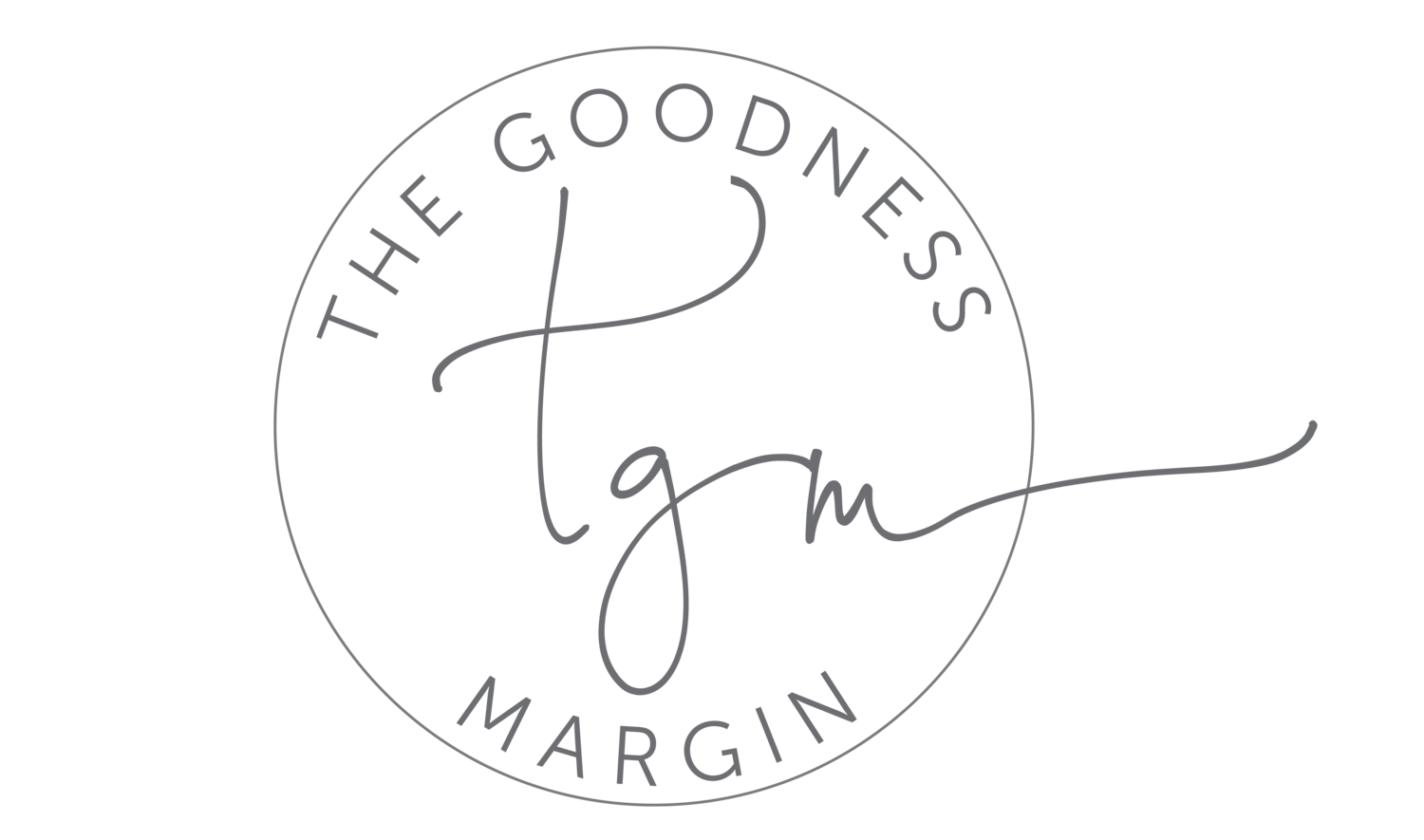Kitchen Zones
I get asked often how should I organize my kitchen? Many times when I am doing a virtual consultation with a client who is working to minimize and organize their kitchen they feel stuck. The easiest way to determine how to set your kitchen up is to look at your kitchen in zones.
Now, before we get into this, let me point out that there have been times in my life where I lived in a teeny tiny apartment (we even lived in an RV for 2 years) and I just had to do the best I could do with the extremely limited space I had. But even if your space is really small you can still think in zones.
Here are the questions to ask to determine what zones you have in your kitchen.
Where do I frequently stand?
When I am standing there, what do I need easy access to?
These 2 questions will help you determine your zones.
Here are a few zones I have in my kitchen.
When I am standing at my stove, which I do just about every evening around 5pm, what do I need access to? I have my spices in a cabinet that I can access easily from my stove. I have the drawer with all of my cooking utensils just one step away from my stove.
I keep my coffee mugs directly above my coffee machine. My glasses are also in this cabinet because it is right next to the refrigerator where we have access to filtered water.
My plates are right above the dishwasher, which makes it easy for putting these away, but they are also in the cabinet that is closest to my kitchen table. This allows me to set the table quickly.
Obviously, I can’t have everything in the immediate space near my stove or refrigerator, so the next type of zone I create is a grouping of like things. I keep all of my baking supplies in a cabinet together. I keep all of my serving platters together. All of my pots and pans are in one cabinet. This really helps us to see what we have. If we have platters spread all over the kitchen, we will not know how many we really have.
By organizing your kitchen in zones it makes it so easy to minimize and then maintain a minimal kitchen.
Here are the steps to take to get started with creating zones.
Choose what zone is most important. For me, this would be the things I need quick access to while I’m cooking. I want to be able to quickly add salt, pepper, and other spices and I want to have easy access to my utensils.
Pull all of these like items out and minimize them. Check expiration dates and ask yourself if this is something you truly use. Do you have duplicates? Do you have another item that performs the same duty?
Empty the cabinet or drawer that you need to use for this space and set those items to the side.
Organize the new zone.
Do it again in the next zone.
Once you have completed this you will find that you likely have a lot of kitchen items remaining and you have empty cabinets. This is when you will begin to group like items together and put those in the spaces that work best.
Additional tips:
Most of us have hard to reach spaces. Be sure to put things here that you still need, but do not need to get to as often.
Keep your counter tops as clear as you can. I only keep the necessary (and beautiful things) on my kitchen counter. My mixer is used many times a week, but it is also too heavy for me to bring out of a cabinet each time I use it. For a decoration and touch of color I keep my favorite cake plates on the kitchen counter. And last but not least, the coffee maker is used many many times a day, so it stays. We use the toaster every morning, but it is very easy for anyone in my family to pull out of the cabinet and put back in. This does not need to stay on my counter. Clear countertops help your kitchen looks clean and they let you know when everything has been put away.
Our kitchens are used so often. By keeping things in spaces that make sense, by keeping our kitchens organized, and making them a place we enjoy using, we will add plenty of margin for goodness to our lives.
